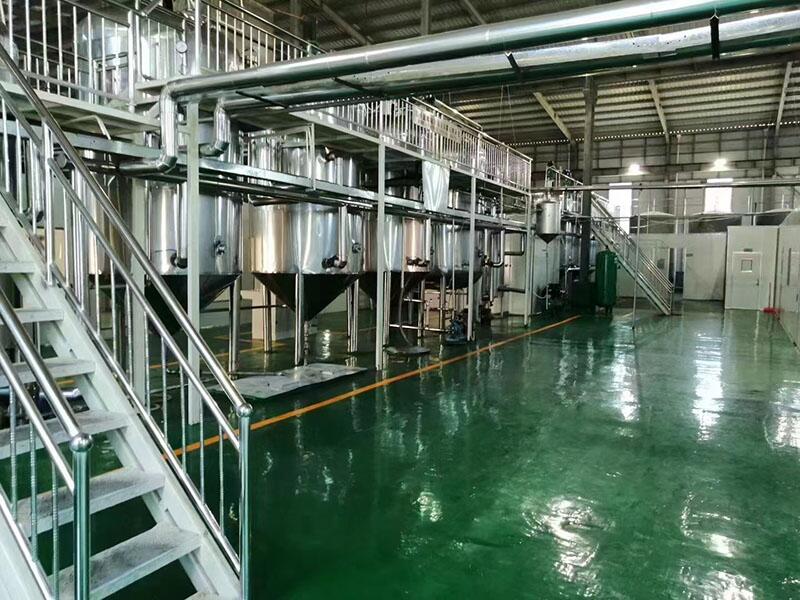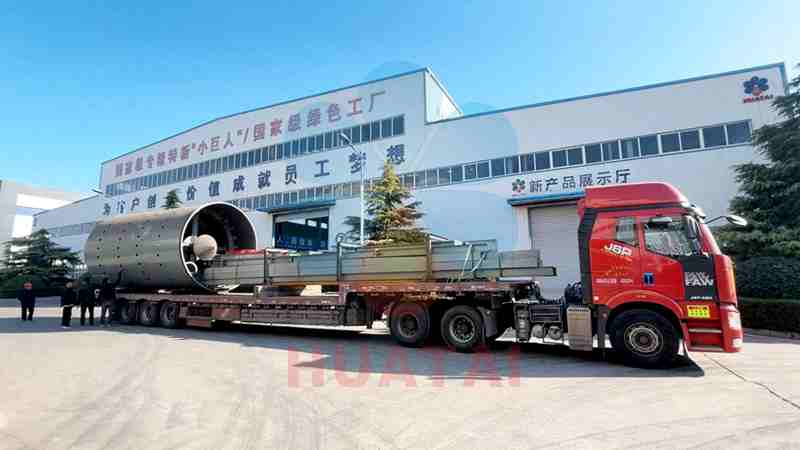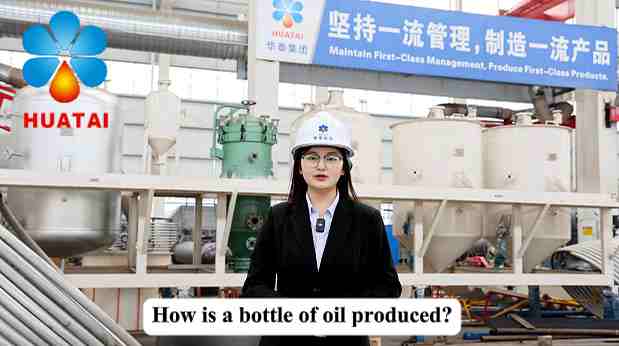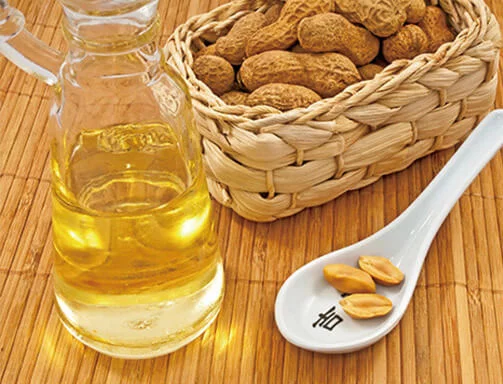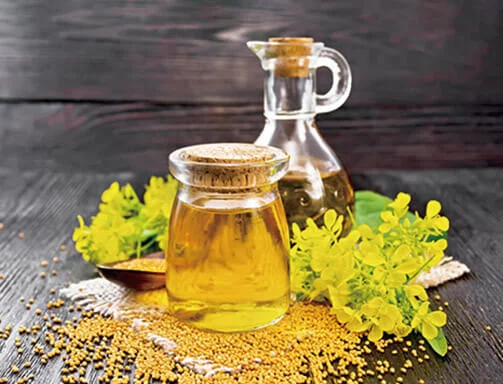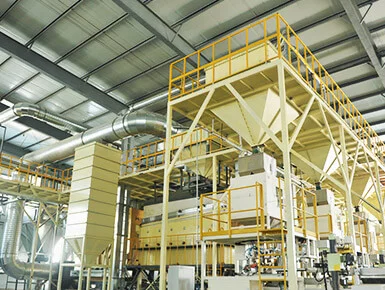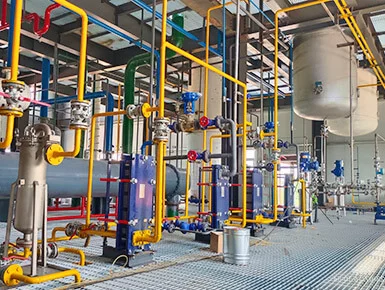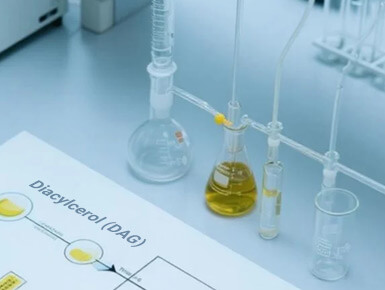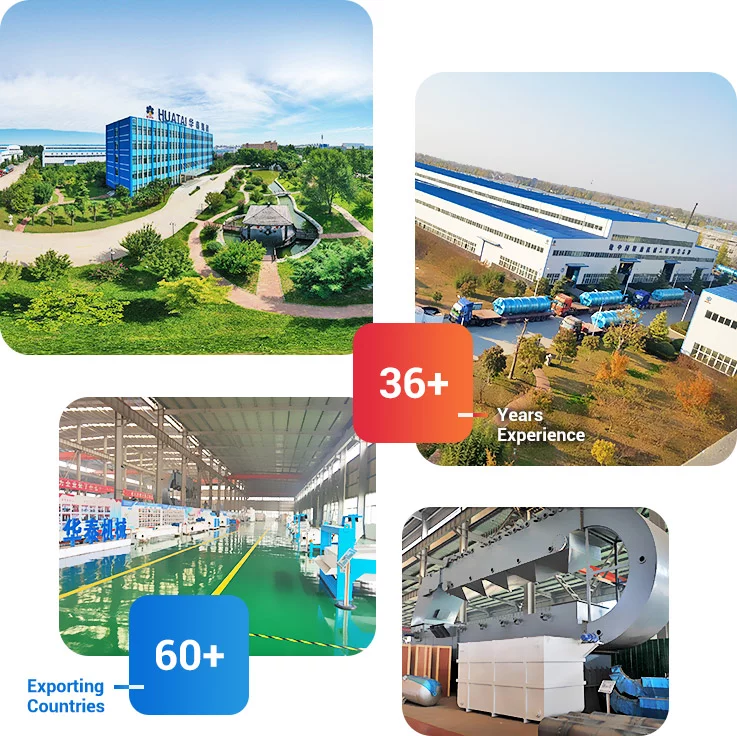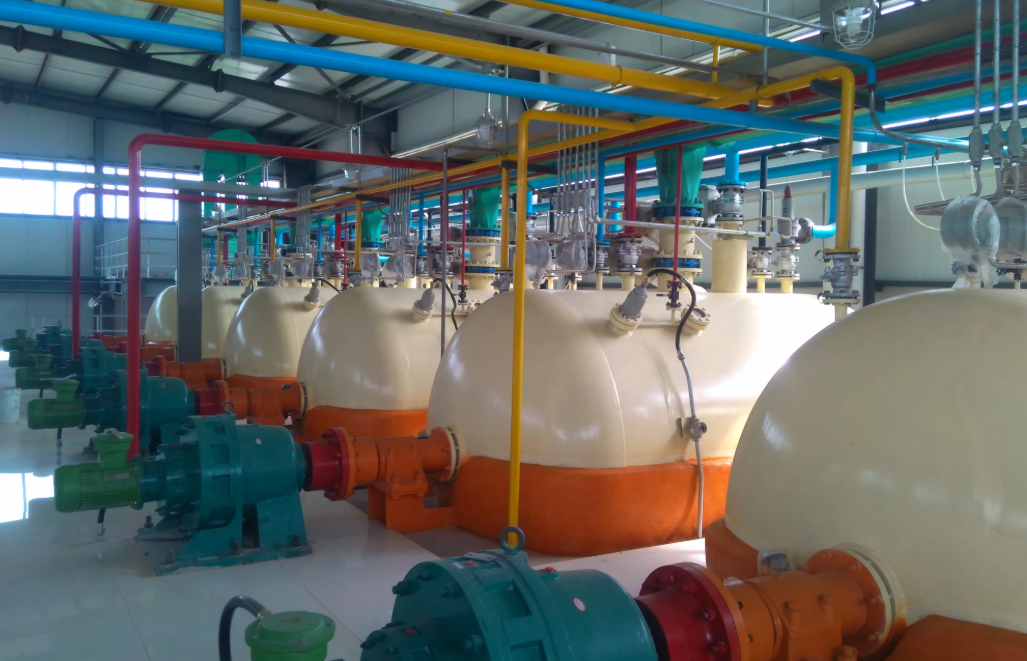
Rose essential oil, known as "liquid gold," is the jewel of roses, containing hundreds of rare chemical components. This high-quality concentrated essence not only has a captivating aroma but is also priceless, its value far exceeding that of gold by several, even dozens, times. So, how can this precious rose essential oil be extracted from roses? Let's explore several common rose essential oil extraction methods.
1. Steam Distillation
Steam distillation is a commonly used rose essential oil extraction method. It involves heating water and rose petals together. This allows the steam to distill essential oil components such as terpenes, alcohols, and lipids from the rose petals along with the water vapor. Because these essential oil components are volatile, insoluble in water, and non-reactive with water, they can be collected through condensation to produce pure rose essential oil. This method requires large equipment capacity, making it suitable for processing large quantities of roses during peak bloom. It also offers low costs and a relatively simple extraction process. However, its drawback is a relatively low oil yield, especially for aromatic compounds with high boiling points, which can be difficult to extract. 2. Solvent Extraction of Rose Essential Oil
Solvent extraction is a traditional rose essential oil extraction technique. It involves mixing a solvent with rose petals and filtering to remove impurities. Subsequently, the solvent is concentrated by evaporation, yielding a filtrate containing an extract (a mixture of wax and essential oil). The extract is dissolved in ethanol and filtered at low temperature to further remove impurities. Finally, the ethanol is evaporated to obtain pure rose essential oil. While this method is more expensive and complex than steam distillation, it offers the advantage of significantly increasing the yield of the essential oil, with a yield of up to 0.1-0.2%. However, this method also has some drawbacks, such as residual extraction volume, and requires further improvement.
3. Subcritical Extraction
Subcritical extraction uses a subcritical fluid as the extractant and is performed in a closed, oxygen-deficient, low-pressure environment. It utilizes the principle of like dissolves like in organic matter, effectively transferring fat-soluble components from the solid material into the liquid extractant through molecular diffusion. Subsequently, the extractant is separated from the desired product by evaporation under reduced pressure, yielding the pure desired product. This novel extraction and separation technology offers numerous advantages, including its non-thermal nature, which preserves the active ingredients in the extract and prevents damage and oxidation. It also boasts high production capacity, making it suitable for large-scale industrial production. It is energy-efficient, has low operating costs, and features a relatively simple separation process.
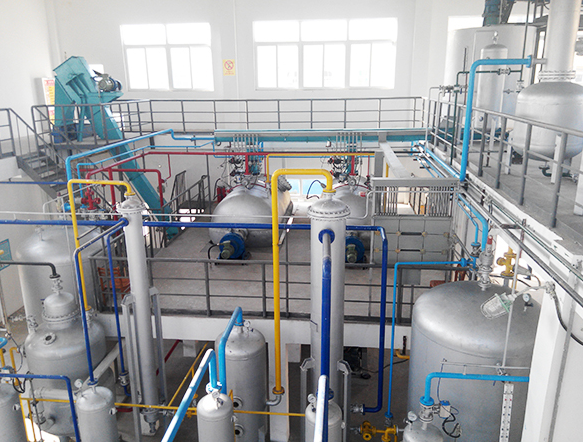
4. Supercritical CO2 Extraction
Supercritical CO2 extraction utilizes the unique solubility of fluids at critical temperatures and pressures to effectively extract and separate compounds. CO2 is often chosen as a supercritical fluid due to its moderate critical conditions. Under high pressure, CO2 is a liquid, and its excellent solubility and safety make it an ideal choice for extracting aromatic compounds. At room temperature and pressure, liquid CO2 returns to gas, ensuring a solvent-free final product. Extracting rose essential oil using this method offers significant advantages, including low-temperature extraction, minimal component loss, high product purity, and the absence of organic residues. However, this method also has limitations, such as the small processing equipment capacity and the limited number of roses that can be processed at one time. Therefore, its widespread application in large-scale rose essential oil extraction has yet to be widely adopted. Crude rose essential oil is further processed through molecular distillation to remove color and odor, resulting in refined rose essential oil.
Huatai Group has established a 15TPD jasmine flower extraction project in Yunnan, providing laboratory
subcritical extraction equipment in a university laboratory. We welcome you to visit our company!
![]() Service Coverage
Service Coverage
![]() FAQ
FAQ

 Rose essential oil, known as "liquid gold," is the jewel of roses, containing hundreds of rare chemical components. This high-quality concentrated essence not only has a captivating aroma but is also priceless, its value far exceeding that of gold by several, even dozens, times. So, how can this precious rose essential oil be extracted from roses? Let's explore several common rose essential oil extraction methods.
Rose essential oil, known as "liquid gold," is the jewel of roses, containing hundreds of rare chemical components. This high-quality concentrated essence not only has a captivating aroma but is also priceless, its value far exceeding that of gold by several, even dozens, times. So, how can this precious rose essential oil be extracted from roses? Let's explore several common rose essential oil extraction methods.

